Poland
Welcome to Poland
Poland, nestled in the heart of Central Europe, is a country where centuries-old history meets vibrant modernity, and where natural wonders blend seamlessly with dynamic cities. Whether you’re drawn to its medieval towns, pristine forests, or the warmth of its people, Poland offers an unforgettable travel experience that is both enriching and accessible.
Poland is a land of remarkable diversity. Its landscape stretches from the sandy beaches of the Baltic Sea in the north to the rugged peaks of the Tatra Mountains in the south. The country’s cities are living museums, with cobbled streets, Gothic cathedrals, and bustling squares that tell tales of resilience and rebirth. Beyond the urban centers, Poland’s countryside is dotted with fairytale castles, painted villages, and vast national parks teeming with wildlife.
With a population of around 38 million, Poland’s culture is a unique blend of Western and Eastern European influences, shaped by a tumultuous history and a spirit of perseverance. The official language is Polish, and the local currency is the złoty (PLN). The country is part of the European Union and is known for its hospitality, affordability, and safety, making it an ideal destination for all types of travelers.
Why Visit Poland?
1.
Poland’s history is etched into its very landscape. From the meticulously reconstructed Old Town of Warsaw-a UNESCO World Heritage Site-to the poignant memorials of Auschwitz-Birkenau, the country invites you to reflect on both its triumphs and tragedies. Krakow’s medieval core, Wroclaw’s colorful market square, and Gdansk’s Hanseatic charm are just a few highlights that showcase Poland’s architectural and cultural richness.
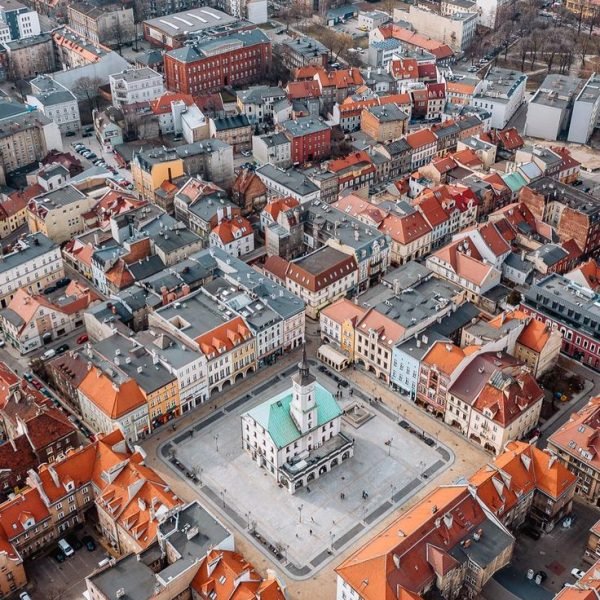
2.
Poland is a paradise for nature lovers. The Tatra Mountains located in Zakopane offer world-class hiking and skiing, while the ancient Bialowieza Forest is home to the rare European bison. The Mazury Lake District, with its thousands of lakes, is perfect for sailing and kayaking, and the Baltic coast boasts pristine sandy beaches ideal for summer relaxation. For those seeking tranquility, the Bieszczady Mountains or the painted village of Zalipie provide a peaceful escape.
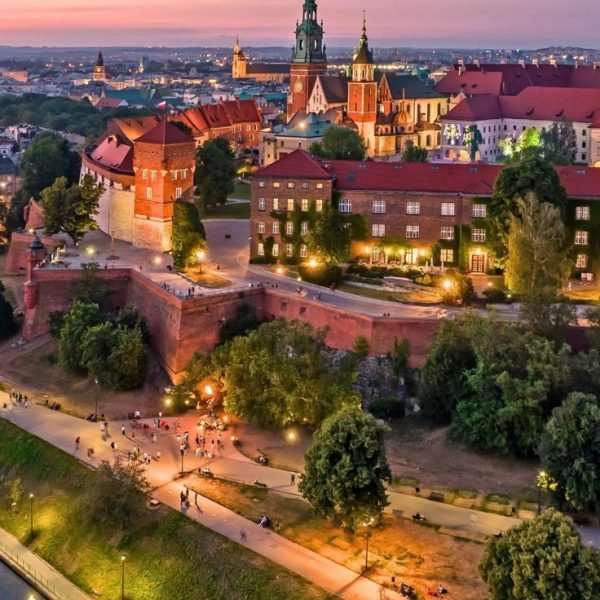
Planning Your Trip
Visa Information
Poland is part of the Schengen Area. Citizens of the EU, US, Canada, Australia, and many other countries can enter Poland visa-free for up to 90 days within a 180-day period for tourism. Travelers from other countries may need to apply for a Schengen visa in advance. Always check the latest requirements with your local Polish consulate before planning your trip.
Best Time to Visit
Poland’s climate is temperate, with four distinct seasons:
- Spring (April–June): Mild weather, blooming parks, and fewer crowds-ideal for city sightseeing and outdoor activities.
- Summer (June–August): Warmest and sunniest, perfect for beach trips on the Baltic coast, hiking in the mountains, and attending lively festivals. This is peak tourist season, especially in major cities and resorts.
- Autumn (September–October): Crisp air, golden foliage, and harvest festivals. A great time for hiking and exploring cities with fewer tourists.
- Winter (November–March): Cold and snowy-perfect for skiing in the Tatras or experiencing Poland’s magical Christmas markets, especially in Krakow and Wroclaw.
Getting To and Around
Getting To Poland
Poland is well-connected by air, rail, and road:
- By Air: Major international airports include Warsaw Chopin, Krakow John Paul II, Gdansk Lech Walesa, and Wroclaw Copernicus. Budget airlines offer frequent flights from across Europe, making Poland an affordable entry point to the continent.
- By Train: Poland’s rail network links it to neighboring countries such as Germany, Czech Republic, Slovakia, and Ukraine. High-speed and regional trains connect major cities efficiently.
- By Car: Modern highways and border crossings make driving into Poland straightforward from most European countries.
Getting Around Poland
Travel within Poland is convenient and affordable:
- Trains: The national railway (PKP) offers fast InterCity connections between major cities and scenic regional routes. Booking in advance is recommended for long-distance journeys.
- Buses: Intercity and regional buses reach towns and villages not served by trains. Companies like FlixBus provide comfortable, budget-friendly options.
- Public Transport: Cities have extensive tram, bus, and metro networks. Tickets are inexpensive and can be bought at kiosks, machines, or via mobile apps.
- Car Rental: Renting a car is a good option for exploring the countryside, national parks, or less accessible regions.
- Cycling: Many cities are bike-friendly, and Poland’s growing network of cycling trails offers a unique way to experience its natural beauty.
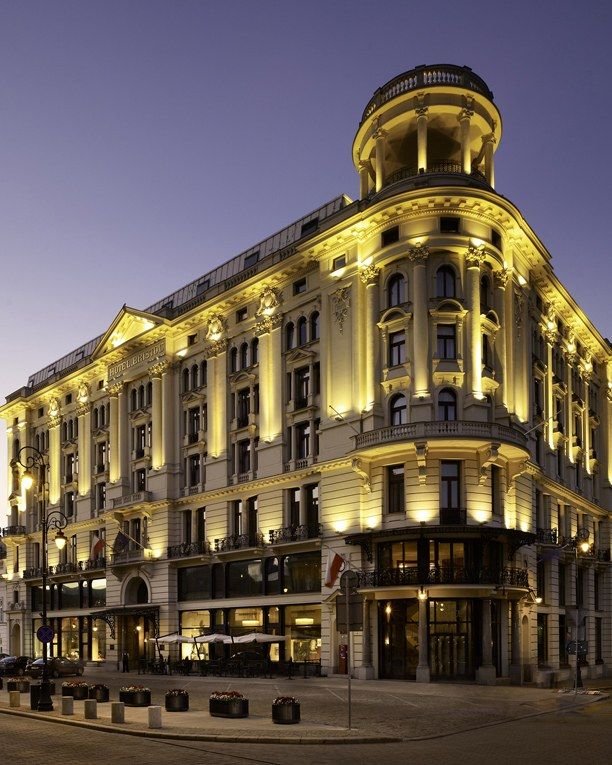
Accommodation
Poland offers a diverse range of lodging options to suit every traveler’s style and budget, from boutique hotels to budget hostels and private apartments.
Luxury and Boutique Hotels
For those seeking comfort and convenience, Poland’s cities boast modern and historic hotels with top-tier amenities. In Krakow, the Hyatt Place Krakow stands out for its spacious rooms, rainfall showers, and proximity to the Old Town. Warsaw’s Polonia Palace Hotel combines historic charm with central location, offering multilingual staff, a gym, and a sauna, while the Royal Tulip Warsaw Centre impresses with panoramic city views and balconies in select rooms. Gdansk travelers often choose PURO Gdansk Stare Miasto for its rooftop bar, free sauna, and proximity to the Motlawa River.
Mid-Range and Budget Options
Affordable yet stylish stays are plentiful. Hampton by Hilton Gdansk Old Town provides modern rooms and a prime location near St. Mary’s Church, while MEININGER Kraków Centrum caters to budget-conscious travelers with a lively bar, shared lounge, and terrace. For a blend of comfort and value, Novotel Krakow Centrum includes a spa, pool, and game room.
Hostels and Apartments
Backpackers and solo travelers will find vibrant hostels like Hostel Pod Basztą in Lublin, praised for its central location and cleanliness. Students and long-term visitors often opt for private apartments, with Warsaw studios ranging from 3,000–4,000 PLN/month and Krakow rooms starting at 1,500 PLN/month. Platforms like Pepe Housing offer verified short-term rentals, ideal for summer stays.
Unique Stays
For a local experience, consider LOFT HOUSE APARTMENTS in Przemyśl, featuring renovated spaces with kitchenettes, or City Break Plac Wolności in Poznań, offering apartment-style lodging with inner courtyard views.
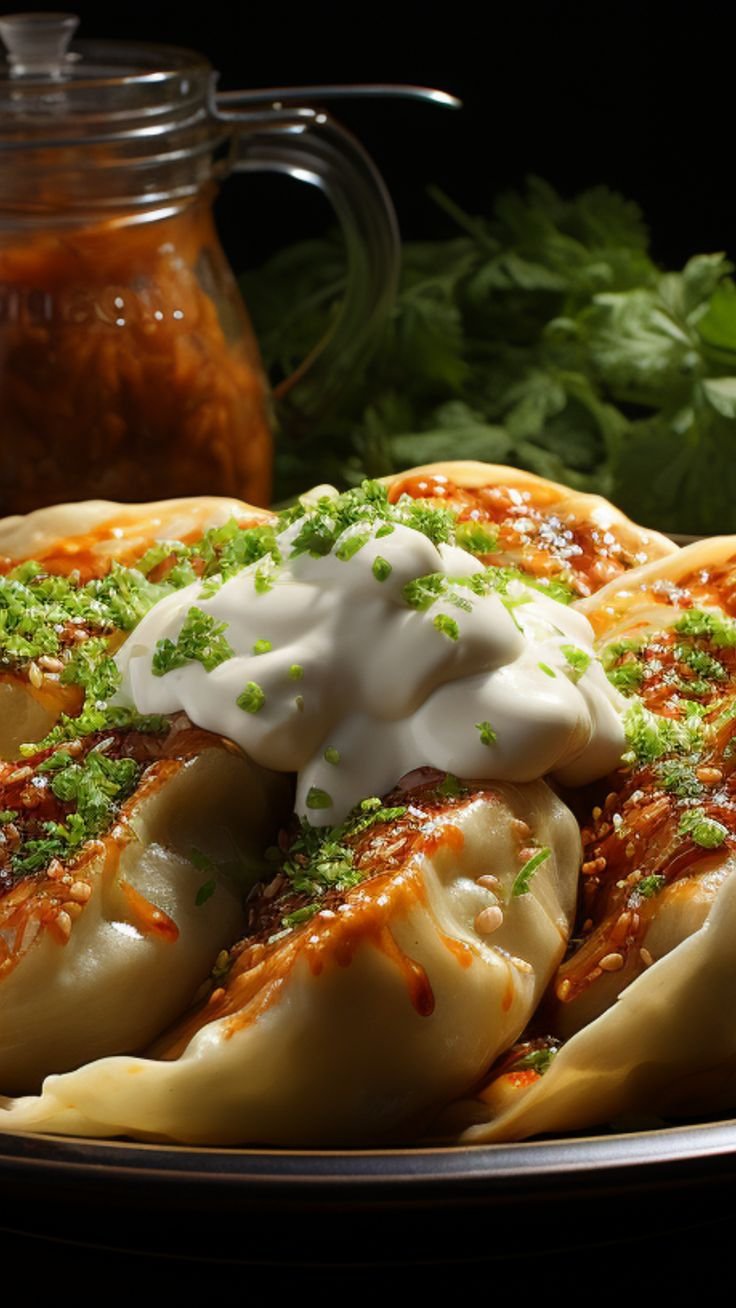
Food and Drink
Polish cuisine is a hearty fusion of Slavic traditions and Central European influences, best enjoyed alongside locally crafted beers and vodkas.
Must-Try Dishes
- Pierogi: Dumplings stuffed with fillings like potato-cheese, sauerkraut-mushroom, or sweet blueberries.
- Żurek: A tangy rye soup served in a bread bowl, often with sausage and egg.
- Bigos: A slow-cooked hunter’s stew of sauerkraut, meats, and dried mushrooms.
- Kotlet Schabowy: Breaded pork cutlet, a Polish take on schnitzel.
- Pączki: Jam-filled doughnuts, particularly popular on Fat Thursday.
Regional Specialties
- Krakow: Try obwarzanek (braided street-food pretzel) or maczanka krakowska (pork-in-sauce sandwich).
- Podhale: Sample oscypek (smoked sheep’s cheese) grilled and served with cranberry jam.
- Gdansk: Savor flaki (tripe soup) or fresh Baltic herring.
Drinks
- Beer: Craft breweries like Browar Stu Mostów (Wrocław) and Pinta (nationwide) offer IPAs and porters.
- Vodka: Sample Żubrówka (bison grass vodka) or Śliwowica (plum brandy)1.
- Tea/Coffee: Cafés like Ministerstwo Kawy (Warsaw) serve specialty brews1.
Dining Experiences
- Milk Bars: Budget-friendly canteens like Bar Prasowy (Warsaw) serve classics like placki ziemniaczane (potato pancakes).
- Fine Dining: Bottiglieria 1881 (Krakow) and Atelier Amaro (Warsaw) offer modern Polish tasting menus.
- Street Food: Night markets in Wroclaw and Katowice feature zapiekanka (open-faced baguette pizzas).
Practical Tips
- Vegetarian Options: Look for pierogi z serem (cheese dumplings) or krokiety (stuffed croquettes).
- Tipping: Round up bills or leave 10% in sit-down restaurants.
- Markets: Visit Hala Targowa (Gdansk) or Hala Koszyki (Warsaw) for artisanal products.
Poland’s culinary and lodging scenes invite exploration, blending affordability with rich tradition. Whether savoring a smoky oscypek in the Tatras or unwinding in a Krakow rooftop bar, every experience adds depth to your journey.
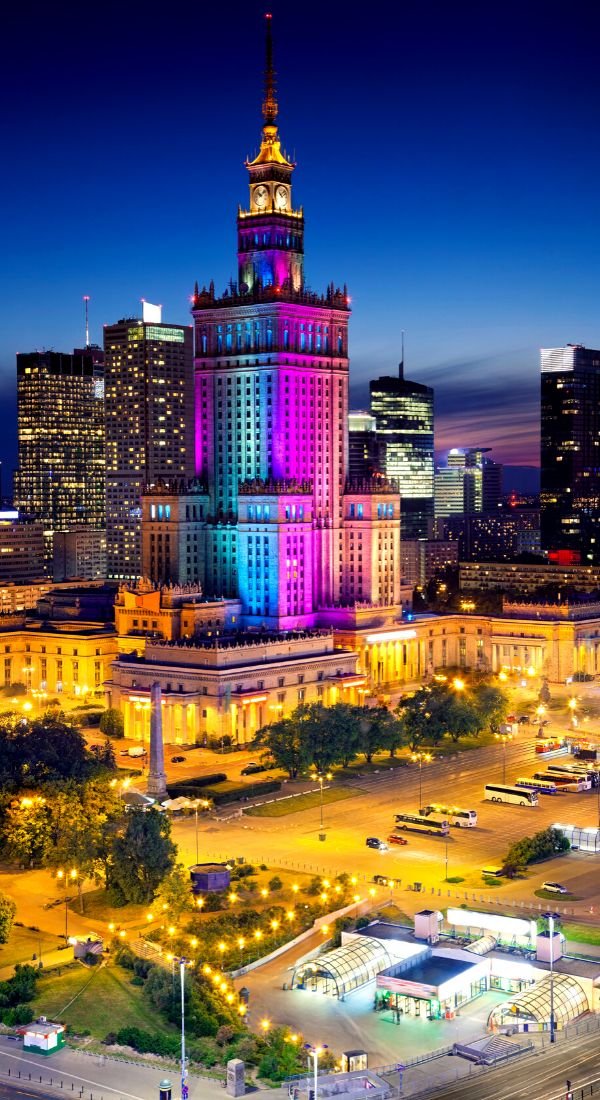
Must-See Attractions
Kraków’s Historic Center and Wawel Castle
Kraków’s Old Town is a UNESCO World Heritage Site, renowned for its beautifully preserved medieval core. The Main Market Square (Rynek Główny) is the largest medieval town square in Europe, framed by pastel townhouses, the iconic St. Mary’s Basilica, and the bustling Cloth Hall. Overlooking the city is Wawel Castle, a symbol of Polish royalty and a showcase of Gothic, Renaissance, and Baroque architecture. The castle complex includes the Wawel Cathedral, where Polish kings were crowned and buried, and offers panoramic views over the Vistula River.
Warsaw Old Town and Royal Castle
Warsaw’s Old Town, painstakingly rebuilt after World War II, is a testament to Polish resilience. Stroll through cobbled streets lined with colorful facades, discover the Royal Castle’s grand halls, and relax in the picturesque Castle Square. The city’s modern skyline is just a short walk away, blending the past and present seamlessly.
Auschwitz-Birkenau Memorial and Museum
A visit to Auschwitz-Birkenau is a deeply moving experience. This former concentration and extermination camp stands as a solemn memorial to the victims of the Holocaust. Guided tours provide essential historical context, making this a site of remembrance and reflection.
Wieliczka Salt Mine
Just outside Kraków, the Wieliczka Salt Mine is an underground marvel. Descend into a labyrinth of tunnels, chapels, and sculptures-all carved from salt. The Chapel of St. Kinga, with its glittering chandeliers, is a highlight not to be missed.
Wrocław Market Square and Ostrow Tumski
Wrocław enchants with its lively Market Square, surrounded by Gothic and Baroque buildings. The city is famous for its network of canals and over a hundred bridges, earning it the nickname “Venice of the North.” Don’t miss Ostrow Tumski, the oldest part of Wrocław, where you can wander among historic churches and spot the city’s whimsical dwarf statues.
Gdańsk Old Town and Long Market
Gdańsk, perched on the Baltic coast, boasts a stunning Old Town with the Long Market at its heart. Admire ornate merchant houses, climb St. Mary’s Church tower for panoramic views, and explore the city’s maritime heritage at the National Maritime Museum. Westerplatte, where World War II began, is a short trip away.
Malbork Castle
The largest brick castle in the world, Malbork is a masterpiece of medieval military architecture. Once the seat of the Teutonic Knights, its vast halls and towers transport visitors back to the age of chivalry.
Białowieża National Park
On the border with Belarus lies Białowieża National Park, a UNESCO World Heritage Site and one of Europe’s last primeval forests. This ancient woodland is home to the rare European bison and offers tranquil trails for hiking and wildlife watching.
Tatra Mountains and Zakopane
The Tatra Mountains, straddling the border with Slovakia, are Poland’s adventure playground. Zakopane, the gateway town, is famous for its wooden villas and vibrant highlander culture. Hike to Morskie Oko, a crystal-clear mountain lake, or take the cable car up Kasprowy Wierch for breathtaking alpine vistas.
Torun and Zamość
Torun, the birthplace of astronomer Nicolaus Copernicus, charms with its red-brick Gothic architecture and medieval streets. Zamość, a Renaissance gem, is nicknamed the “Padua of the North” for its harmonious layout and elegant arcades.
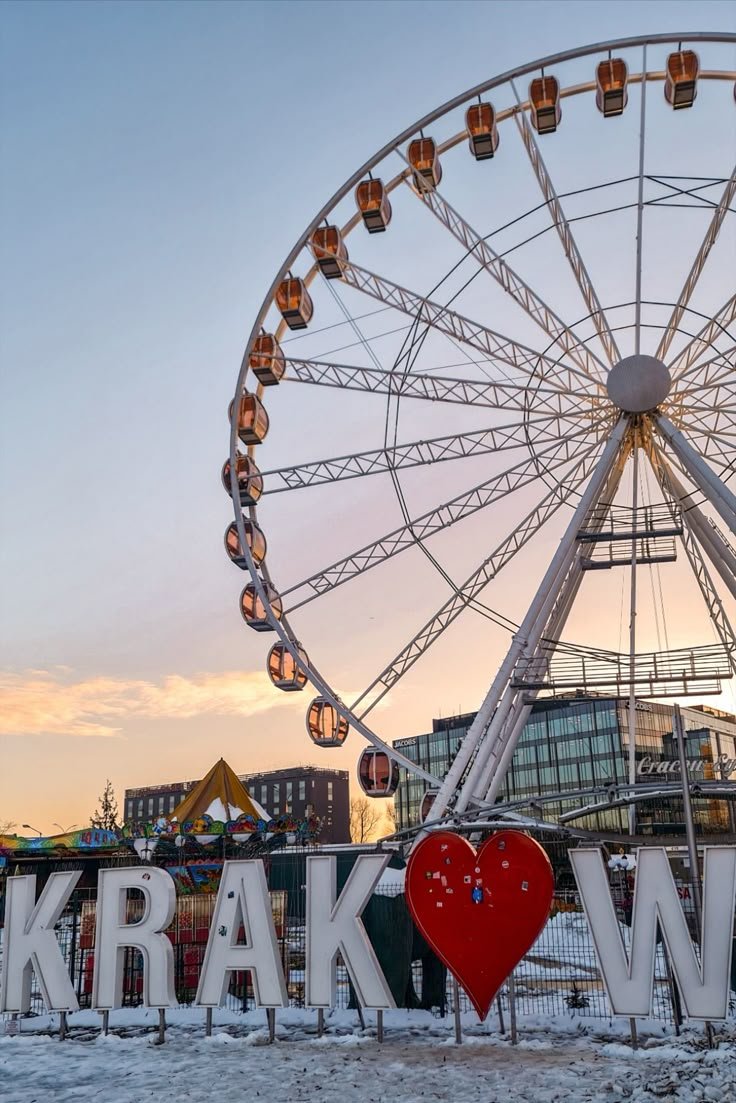
Must-Do Activities
Poland’s diversity means there’s no shortage of unforgettable experiences, whether you’re seeking urban adventures, outdoor thrills, or cultural immersion.
Explore Medieval Castles
Tour the country’s many castles, from the imposing Malbork to the romantic ruins of Ogrodzieniec. Each castle tells a story of knights, kings, and shifting borders.
Hike in the Tatras or Bieszczady Mountains
Nature lovers will relish the hiking trails of the Tatra National Park, ranging from gentle walks to challenging climbs. The Bieszczady Mountains, less visited, offer serene landscapes and a chance to disconnect from the modern world.
Encounter Bison in Białowieża Forest
Join a guided safari to spot European bison, deer, and wild boar in the misty depths of Białowieża Forest. The park’s ancient trees and rich biodiversity make it a haven for nature enthusiasts.
Cruise the Mazury Lake District
The Mazury region, with its thousands of lakes, is perfect for sailing, kayaking, and fishing. Rent a boat and drift past forested shores, charming villages, and historic castles.
Stroll Kraków’s Kazimierz District
Dive into Kraków’s Jewish heritage in Kazimierz, where synagogues, bohemian cafes, and street art create a vibrant atmosphere. Don’t miss the local food stalls and lively nightlife.
Experience Gdańsk by Ferry
Take a ferry ride along the Motława River for unique views of Gdańsk’s waterfront and shipyards. The city’s maritime spirit comes alive from the water.
Attend a Folk Festival or Christmas Market
Poland’s calendar is packed with colorful festivals. Time your visit for the Wianki Festival in Kraków, the St. Dominic’s Fair in Gdańsk, or the magical Christmas markets in Wrocław and Warsaw, where you can sample mulled wine and local crafts.
Ride a Cable Car in Zakopane
Ascend Gubałówka Hill or Kasprowy Wierch by cable car for sweeping views of the Tatras. In winter, enjoy skiing or a horse-drawn sleigh ride through snow-covered valleys.
Tour Warsaw’s Museums
Immerse yourself in Polish history at the Warsaw Uprising Museum, the POLIN Museum of the History of Polish Jews, or the National Museum. Each offers a window into the country’s complex past and vibrant present.
Sample Polish Cuisine
Join a food tour or cooking class to savor pierogi, bigos, oscypek cheese, and sweet treats like pączki. Visit a traditional milk bar (bar mleczny) for an authentic taste of everyday Polish fare.
Discover Wrocław’s Dwarfs
Hunt for the hundreds of whimsical dwarf statues scattered across Wrocław. This quirky city tradition delights visitors of all ages and adds a playful twist to sightseeing.
Relax on the Baltic Coast
Unwind on sandy beaches in Sopot or Łeba, stroll the wooden pier in Sopot, or explore the shifting dunes of Slowinski National Park.
Shop at Local Markets
Browse the Kraków Cloth Hall, Wrocław’s Market Hall, or Gdańsk’s Long Market for amber jewelry, folk art, and regional delicacies.
Cycle or Canoe in the Countryside
Poland’s well-marked cycling trails and scenic rivers invite active exploration. Pedal through rolling hills, paddle past medieval castles, and soak up the rural tranquility.
Whether you’re marveling at Gothic cathedrals, hiking through ancient forests, or tasting your way through bustling markets, Poland’s must-see attractions and must-do activities promise a journey rich in discovery, adventure, and authentic local flavor.
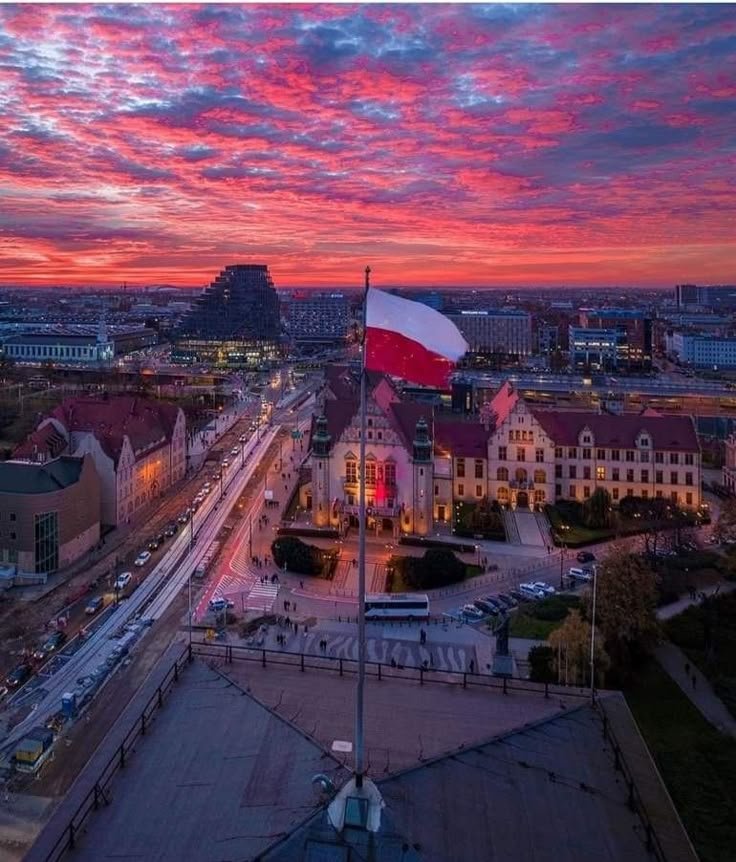
Travel Tips
Poland is a welcoming, vibrant country with a rich cultural heritage and modern amenities, making it a rewarding destination for travelers in 2025. To ensure your journey is both safe and enjoyable, it’s important to be aware of local safety considerations, customs, and language essentials.
Safety Advice
General Safety
Poland is considered a safe destination for international travelers, with a Level 1 travel advisory-this means visitors should exercise normal precautions. Violent crime is rare, and public spaces are generally secure. However, as in any popular European country, petty crimes such as pickpocketing can occur, especially in crowded areas, tourist hotspots, public transportation hubs, and markets. Remain vigilant, keep your belongings close, and avoid displaying valuables openly.
Border Areas
Travelers should exercise additional caution near the eastern border with Ukraine due to ongoing conflict in Ukraine. While Poland itself remains stable and safe, authorities advise avoiding areas within 20 kilometers of the Ukraine border and staying updated on local government alerts if your itinerary brings you near these regions.
Public Transportation
Poland’s public transportation-buses, trams, and trains-is efficient, safe, and widely used. Always purchase and validate your ticket upon boarding, as random checks are common and fines are issued for unvalidated tickets. In crowded stations or on busy lines, especially in cities like Warsaw, Kraków, and Gdańsk, keep your bags zipped and close to your body to deter pickpockets.
Taxis and Ride-Sharing
Only use authorized taxis or reputable ride-sharing services. Licensed taxis have a company name and phone number on the light bar, and drivers should display their license and use a functioning meter. Avoid unregistered taxis, especially those soliciting passengers at airports or popular tourist spots.
Driving in Poland
If you plan to drive, be aware that Poland has one of the highest road fatality rates in the European Union. Rural roads can be narrow, poorly maintained, and lack adequate lighting, making night driving particularly hazardous. Aggressive driving and frequent road repairs are common. Always carry a valid driver’s license and an International Driving Permit, as these cannot be obtained in Poland. Exercise extra caution, especially outside major cities.
Healthcare and Emergencies
Healthcare in Poland is of high quality in major cities, but may be less consistent in rural areas. The universal emergency number is 112. Carry information about local emergency resources and ensure you have travel insurance that covers medical care. Some hospitals may expect payment upfront, so be prepared for this possibility.
Lost or Stolen Items
If your passport or valuables are lost or stolen, report the incident to the local police immediately. A police report is required for replacing passports or visas.
Local Customs
Politeness and Etiquette
Poles are known for their hospitality and politeness. When greeting someone, a firm handshake and direct eye contact are customary. Address people by their title and surname unless invited to use first names. In social situations, it’s polite to bring a small gift, such as flowers or chocolates, when visiting someone’s home.
Dress Code
Dress is generally smart-casual, especially in cities. When visiting churches or religious sites, modest attire is expected-cover shoulders and avoid shorts or short skirts. In business or formal settings, conservative dress is the norm.
Dining Etiquette
Meals are often social occasions. Wait to be invited to sit, and don’t begin eating until your host does. It’s common to say “smacznego” (enjoy your meal) before eating. If you’re offered a toast, maintain eye contact when clinking glasses and take at least a sip.
Tipping
Tipping is customary in restaurants, cafes, and for taxi drivers. A tip of 10% is standard if service is not included in the bill. In casual settings, rounding up the bill is appreciated.
Public Behavior
Poles value public order and respect for rules. Littering, jaywalking, or loud behavior in public places is frowned upon. Smoking is prohibited in most indoor public spaces, including restaurants and public transport.
Religious Observance
Poland is predominantly Catholic, and religious traditions are observed widely. Many shops and businesses close or have limited hours on Sundays and religious holidays. Respect for religious customs, especially during church services or festivals, is appreciated.
Language Basics
Polish is the official language. While English is widely spoken in major cities, hotels, and tourist areas-especially among younger people-learning a few basic phrases will enhance your experience and is appreciated by locals.
Common Polish Phrases:
English | Polish Pronunciation | Polish |
Hello | Djen-doh-brih | Dzień dobry |
Goodbye | Dov-ih-zen-ya | Do widzenia |
Please | Proh-sheh | Proszę |
Thank you | Djen-koo-yeh | Dziękuję |
Yes | Tahk | Tak |
No | Nyeh | Nie |
Excuse me/Sorry | Prze-pra-sham | Przepraszam |
Do you speak English? | Moo-vee Pahn/Pahni poh ang-eh-lsku? | Czy mówi Pan/Pani po angielsku? |
How much is this? | Ee-leh toh koh-shtoo-yeh? | Ile to kosztuje? |
Where is…? | Gdyeh yest…? | Gdzie jest…? |
Help! | Poh-moh-chee! | Pomocy! |
Tips for Communication:
- Poles appreciate when visitors make an effort to speak their language, even if it’s just a greeting or thank you.
- In rural areas, English may be less commonly spoken, so having a translation app or phrasebook can be helpful.
- Written signs in tourist areas often include English, but menus and public transport announcements may not.
Final Tips for a Smooth Journey
Poland in 2025 is a destination that balances old-world charm with modern convenience. By staying alert in busy areas, respecting local customs, and learning a few key phrases, you’ll find your travels both safe and deeply rewarding. The warmth of Polish hospitality, the country’s rich traditions, and its dynamic cities ensure an experience that will linger long after your journey ends.

